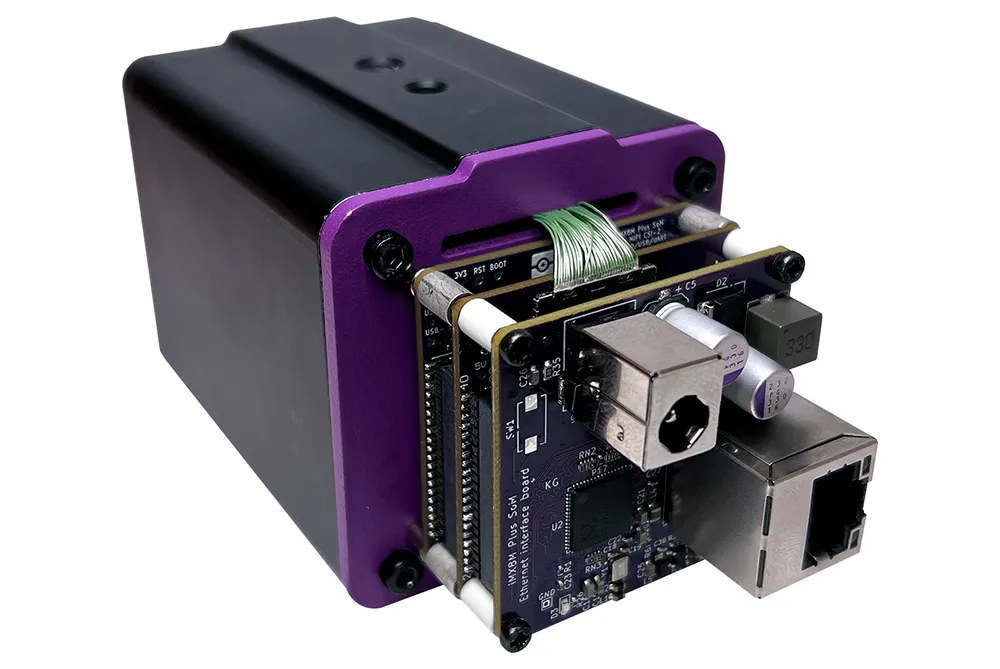At this year’s Vision show, Flir debuts the world’s first industrial camera supporting on-camera inference. The new Flir Firefly camera combines the best of machine vision with the power of deep learning. At just 27mm x 27mm x 14mm, 20 grammes weight, and 1.5W power consumption, it is ideal for portable devices. Excellent imaging is provided with the latest global shutter CMOS sensors, the company says. And, Flir adds, with its integrated Intel Movidius Myriad 2 vision processing unit (VPU), users deploy th
October 25, 2018
Read time: 1 min
At this year’s Vision show, 6778 Flir debuts the world’s first industrial camera supporting on-camera inference. The new Flir Firefly camera combines the best of machine vision with the power of deep learning. At just 27mm x 27mm x 14mm, 20 grammes weight, and 1.5W power consumption, it is ideal for portable devices. Excellent imaging is provided with the latest global shutter CMOS sensors, the company says. And, Flir adds, with its integrated Intel Movidius Myriad 2 vision processing unit (VPU), users deploy their trained neural network directly onto the camera to achieve inference on the edge.
Stand: 1B42










